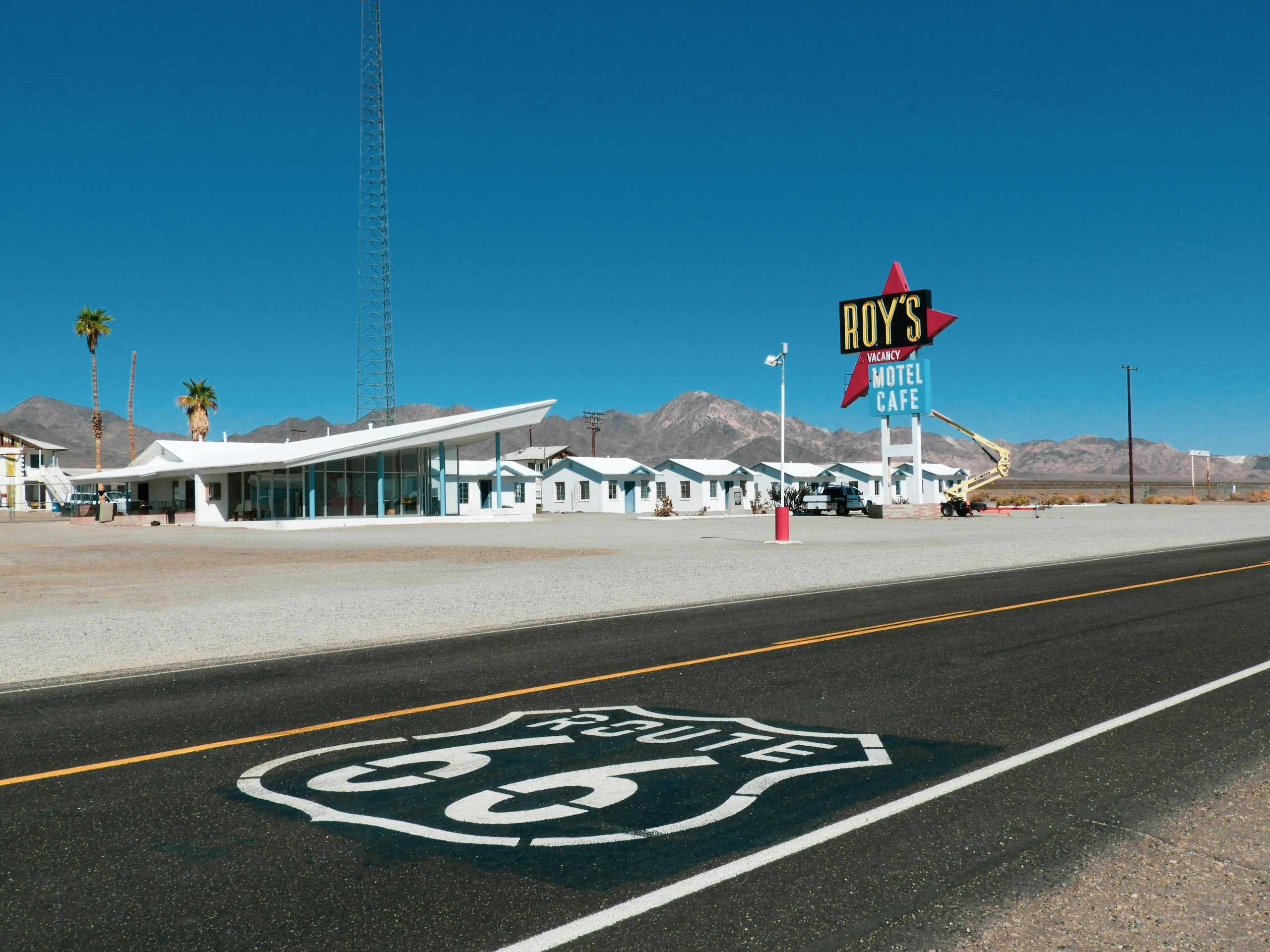As a new RVer, there are so many things to learn about your travel trailer or motor home. It can be overwhelming at first. That’s why Outdoorsy has created a new series entitled “One Big Question,” where we tackle one new action, walking you through what sometimes seems to be a daunting task. Today’s question is:
How can I manage 12-volt and 120-volt electricity in my RV?
An RV can sometimes feel like an enigma: its inner workings can be puzzling. And one of the most challenging aspects to master is the electrical system. But breaking it down into 12-volt and 120-volt electricity will make the concept much more manageable.
12 Volt DC Electricity (direct current)
Motor homes and travel trailers come with house batteries, which are 12 volts. These batteries store energy created when you:
- run your generator
- plug into shore power to recharge the batteries, or
- drive your motor home, which also restores the house batteries
Most of the items in your RV can be run from your house batteries because they require low voltage – many of your lights, your water pump, furnace, refrigerator, and water heater will run off the batteries. But some of these items use a great deal of energy (most heating elements like furnaces and water heaters), so you don’t want to run them for long periods, as your batteries will become depleted quickly.
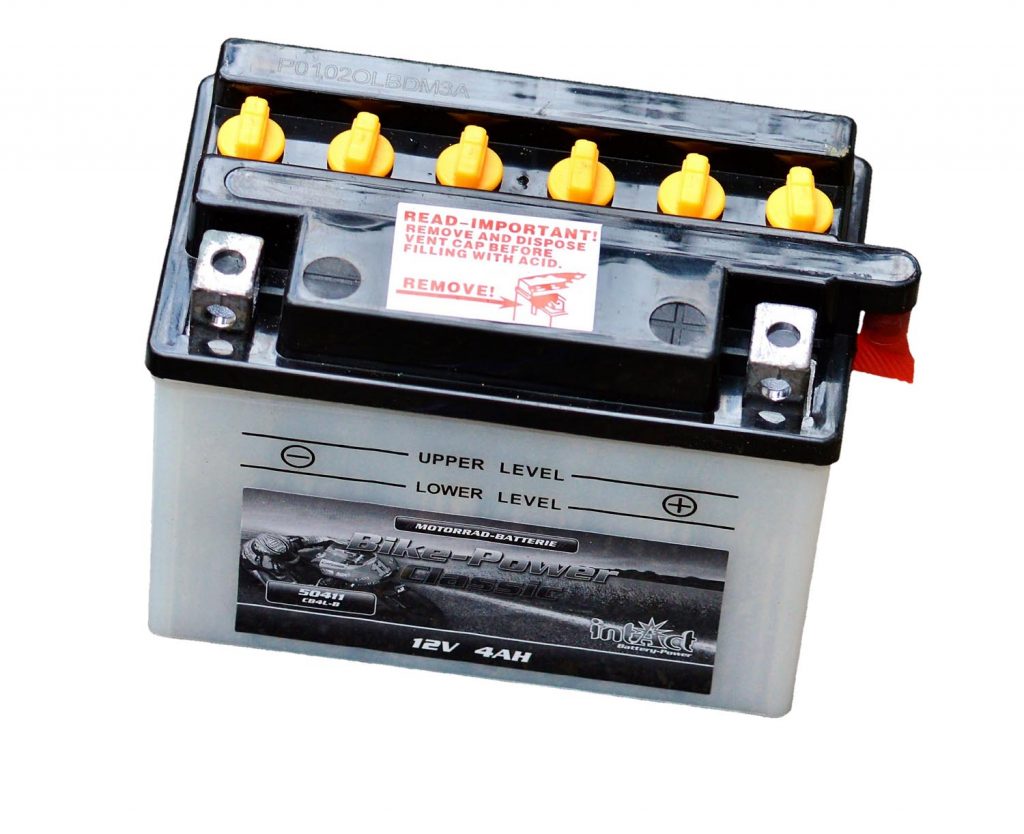
House batteries come in three different versions:
- Lead-acid (these need maintenance – keep them topped off with distilled water every couple of months)
- AGM (absorbent glass mat – does not require maintenance)
- lithium (faster charging and more powerful, but added expense)
The first two battery types need ventilation for gasses, but lithium batteries are housed within your vehicle, and they are smaller and lighter in weight.
120 Volt AC Electricity (alternating current)
Those items that plug into an electrical outlet in your RV run on alternating current electricity, because they require ten times the voltage (120 volts) as those that run on DC electricity. That is why you plug into shore power. Your television, computers, blow dryers, toasters, lamps, and air conditioners are AC appliances and run through circuit breakers in your RV. Be sure to locate your fuse box and circuit breakers in case a fuse blows on your 12-volt appliances or a circuit breaker is thrown on one of your 120-volt appliances.

When you plug in at a campsite, you will need to know the amperage (strength of the electrical current) your RV uses. Most are 30 amp, but many larger rigs use 50 amps. This number will help decide which plug to hook up to at the electrical box. If you require 30 amps and only have the option of 50 amps at the electrical box, you can “step up” to 50 with an adapter (otherwise known as a “dog bone”). If you require 50 amps and only have a 30 amp plugin available, you can “step down” to 30 amps with an adapter, but cannot use several appliances at once. For instance, if your rig requires 50 amp service and is equipped with two air conditioners, you will not be able to run both air units at the same time.
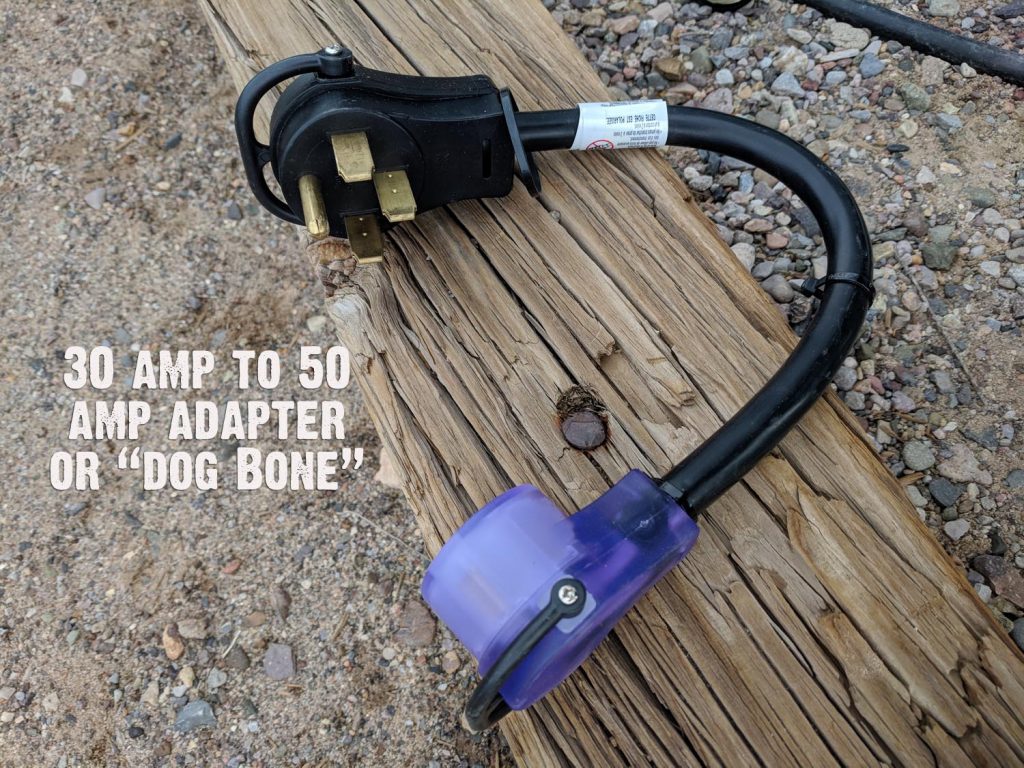
Equipment to Run DC and AC
If you are connected to shore power, your 12-volt appliances require a converter to change the 120 volts coming from the plug-in at your campsite into 12-volt power.
However, if you are not plugged in somewhere, you cannot watch TV or run your computer without an inverter, which changes 12-volt power from your batteries into 120-volt power.
Most RVs come with a converter, and all the appliances running off 12-volt battery power have a fuse along the circuit. Some newer RVs come with a small inverter to help you run some appliances on 120-volt electricity, but they won’t handle a high load of energy consumption like an air conditioner or computer. In that case, many campers invest in large pure sine wave inverters and solar panels to increase the capabilities of their RVs when not attached to shore power.
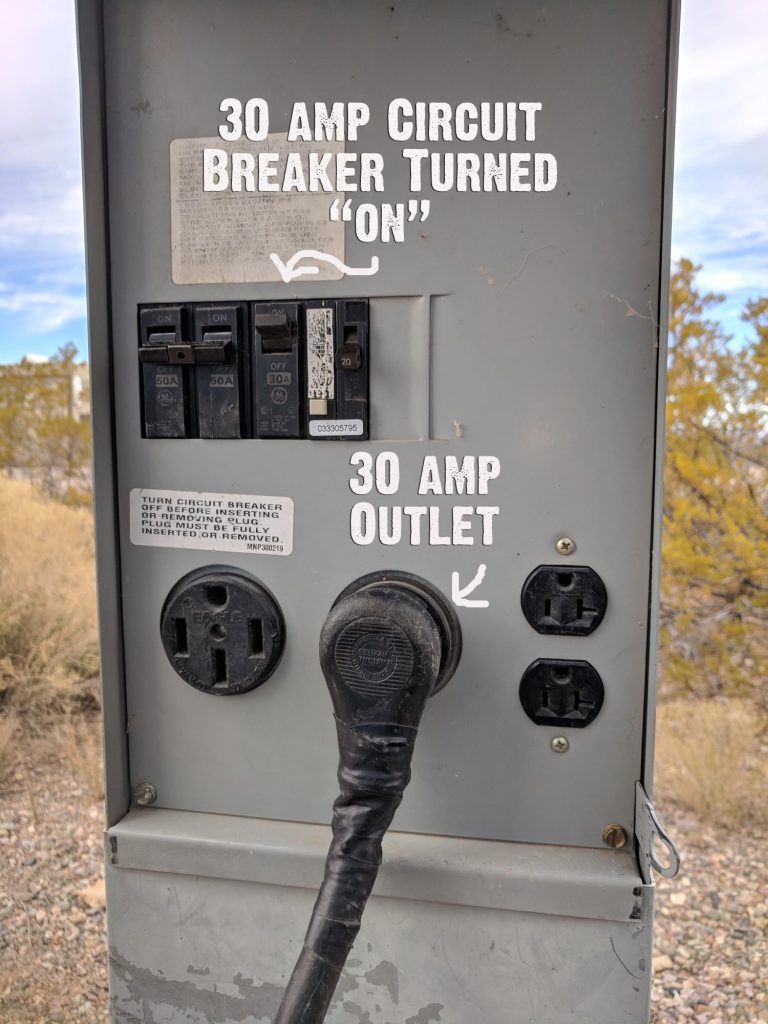
We’ll cover solar power in another post, but know your rig’s limitations when you do not have an electrical hook-up. For instance, boondocking for a couple of nights in the parking lot a Walmart is doable if you are not using the air conditioner, microwave, television, or electric blanket (all plug-in appliances on 120 volts). Your interior lights, refrigerator, and water pump (for washing dishes, etc.) all run on 12-volt power, so spend your evening reading a book, fixing a good dinner, or telling ghost stories. You can even run your heater for a bit or turn on your generator to run it all night (don’t do that in a campsite or with neighbors close by, as the noise is really irritating #GoodNeighbors ?).
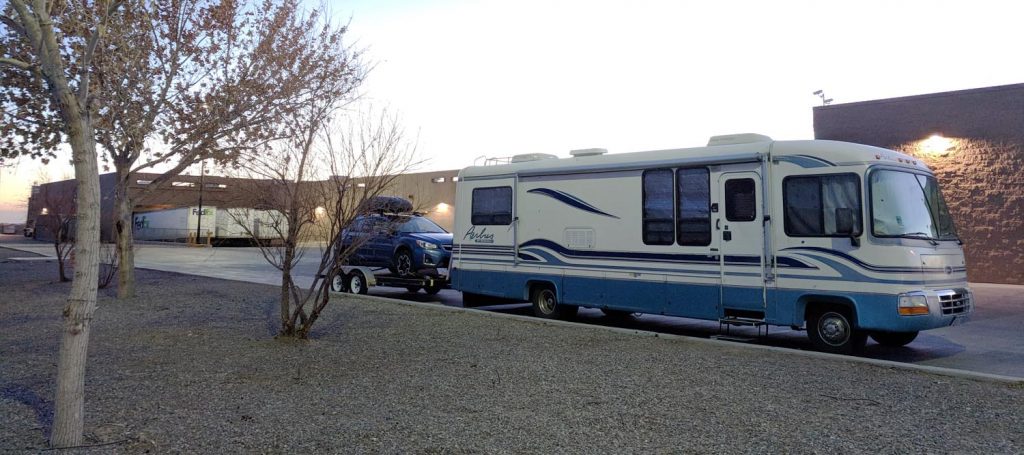
The next day hit the road (remember – driving will recharge your house batteries in a motor home) to your next campsite/plugin! Keep these things in mind, and you will be able to intermingle official campsites with boondocking excursions anytime you like!
Plug Into Camping
RV electrical systems can be pretty straight forward if you think of how 12 volt and 120-volt appliances are used. Now that you have a handle on them, put that ‘spark’ of an idea to work planning your next camp trip!


